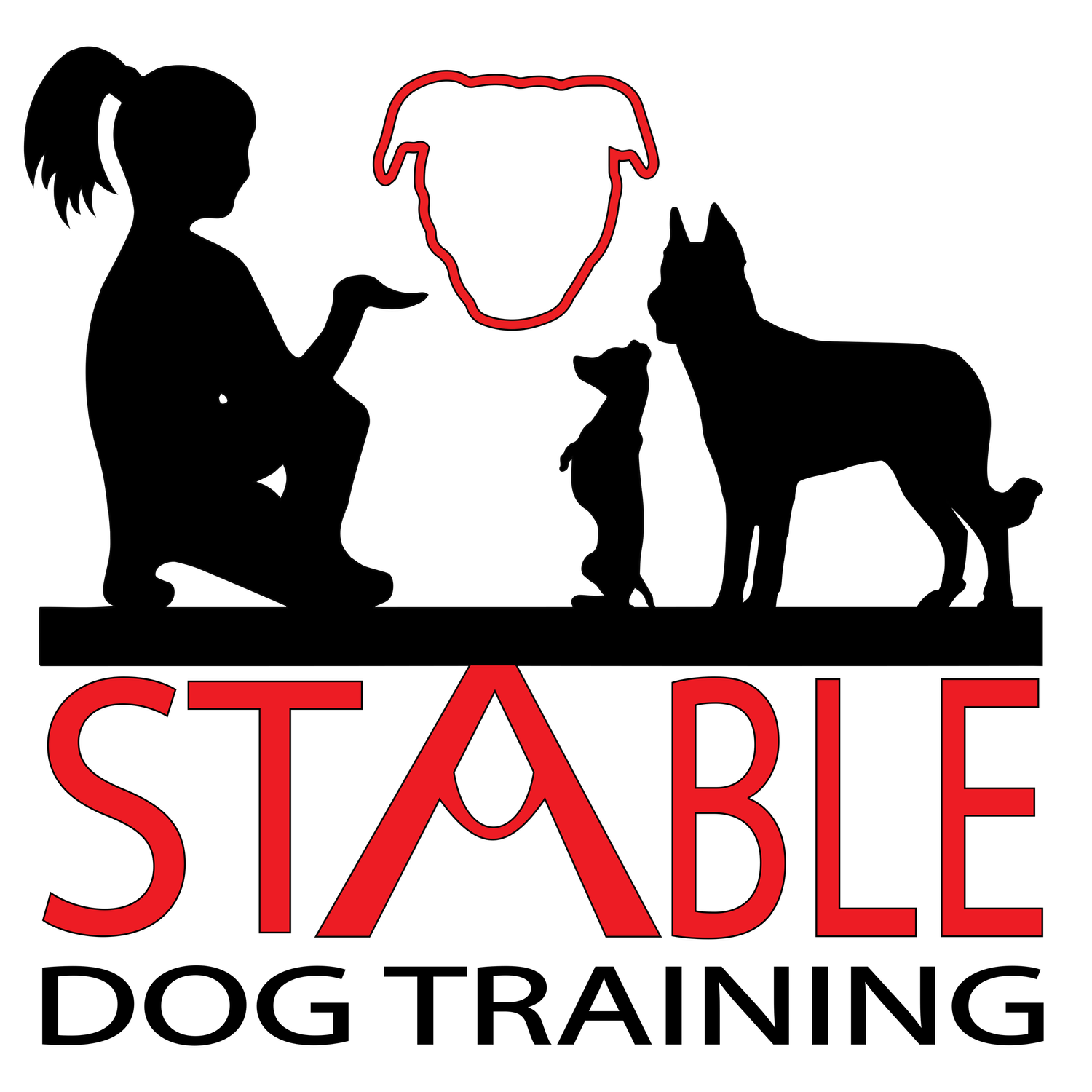How to Use Your Dog's Food for Motivation and Introduce New Surfaces
Training your dog can be such a joyful experience, especially when you use the right techniques. Using your dog's food as motivation is super effective, and exposing them to new surfaces can boost their confidence and adaptability. Dog training isn't just about teaching commands; it builds a wonderful bond of trust, understanding, and mutual respect. While food is a great motivator, balance is essential. This cheerful guide is here to help you achieve your training goals with detailed strategies and tips for effective training.
Using Food for Motivation
High-value treats like small pieces of chicken or cheese can be incredibly exciting for your dog, especially for challenging tasks or new commands. These treats should be something your dog doesn't get regularly, making them more special during training. For everyday training sessions, using regular kibble can be quite effective as it fits seamlessly into their daily diet. If you're feeding a raw diet, small portions of your dog's raw food, such as pieces of raw meat or organs, make excellent high-value rewards—just ensure proper handling and storage for hygiene.
Instead of a large number of treats that could lead to overfeeding, consider using your dog's regular meals for training. Divide the meal into small portions and use them during training sessions. This method allows effective training without the risk of overfeeding and helps your dog associate mealtime with learning and positive behavior. Consistency is key: reward your dog immediately after they display the desired behavior and establish regular training times to build a routine. This predictability helps your dog understand what is expected and when they can expect rewards.
Introducing New Surfaces
Introducing your dog to various surfaces is a fun way to enhance their confidence and adaptability, reducing anxiety in new environments. Start with non-threatening surfaces like carpet, grass, and rubber mats before moving on to more challenging ones such as gravel, metal grates, and stairs. Begin with a familiar surface and gradually transition to the new one. Use treats and praise to encourage exploration, allowing your dog to investigate at their own pace without forcing them.
Place treats on new surfaces to encourage your dog to step onto them. Make sure the surfaces are safe and steady, avoiding anything that might slip or scare your dog. Create an obstacle course with everyday items that include different surfaces such as rugs, mats, and wooden boards. Guide your dog through the course using treats as incentives, and always be patient, offering praise and rewards as your dog navigates each new challenge. This not only enriches your dog's environment but also builds their confidence and agility.
Additionally, you can introduce your dog to various textured surfaces like sand, pebbles, and even water. Start with shallow water, allowing your dog to get used to the sensation of wet paws before moving on to deeper areas. This gradual exposure can make a significant difference in how comfortable your dog feels in different environments.
Using food for motivation and introducing new surfaces are wonderful strategies to enhance your dog's training and confidence. By following these fun tips, you’ll create a well-rounded training regimen that helps your dog become more adaptable and engaged. Patience and consistency are key. Every dog learns at their own pace, so keep the training fun and positive. Ready to get started? Share your training experiences with us in the comments!
Happy training! 🐾

